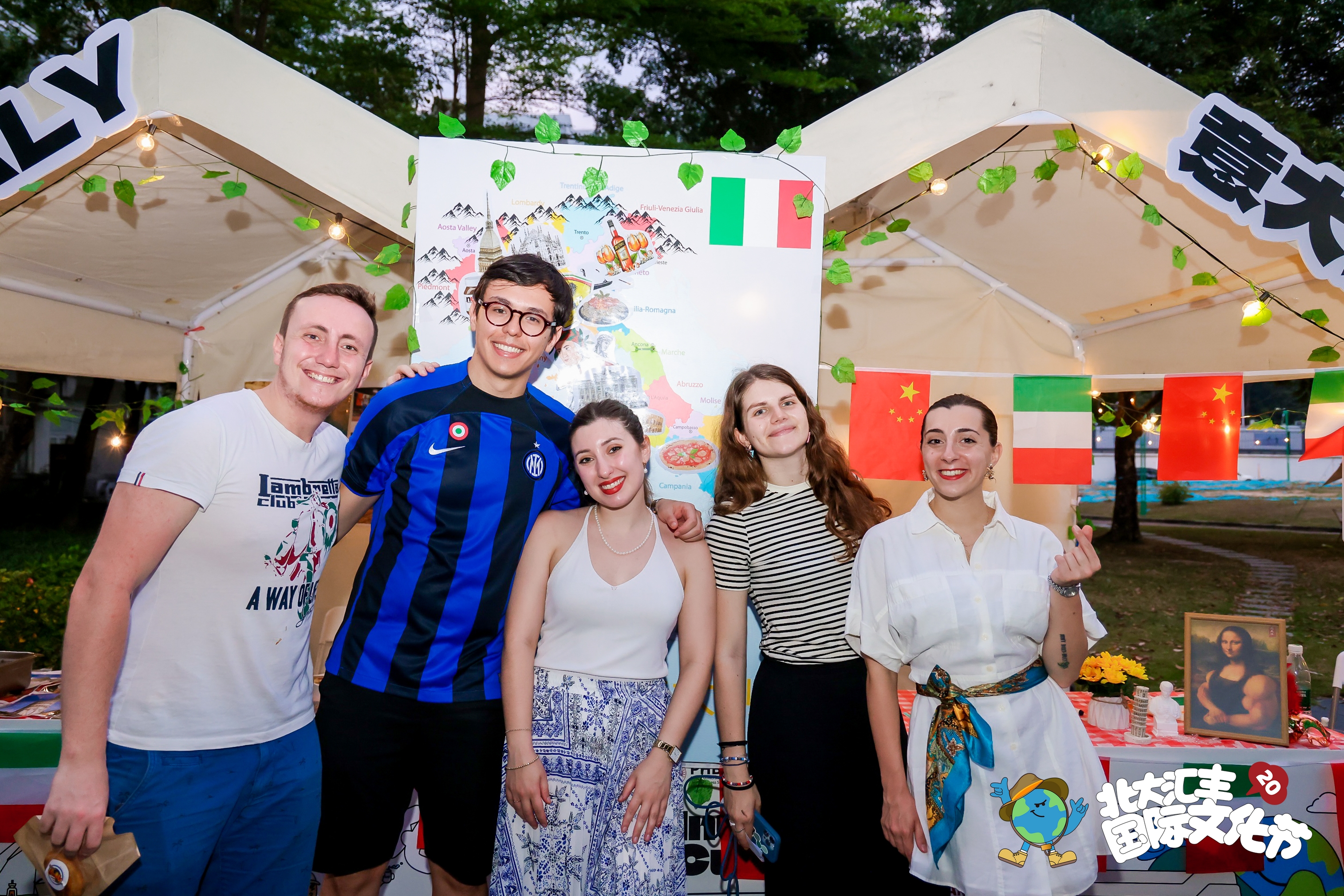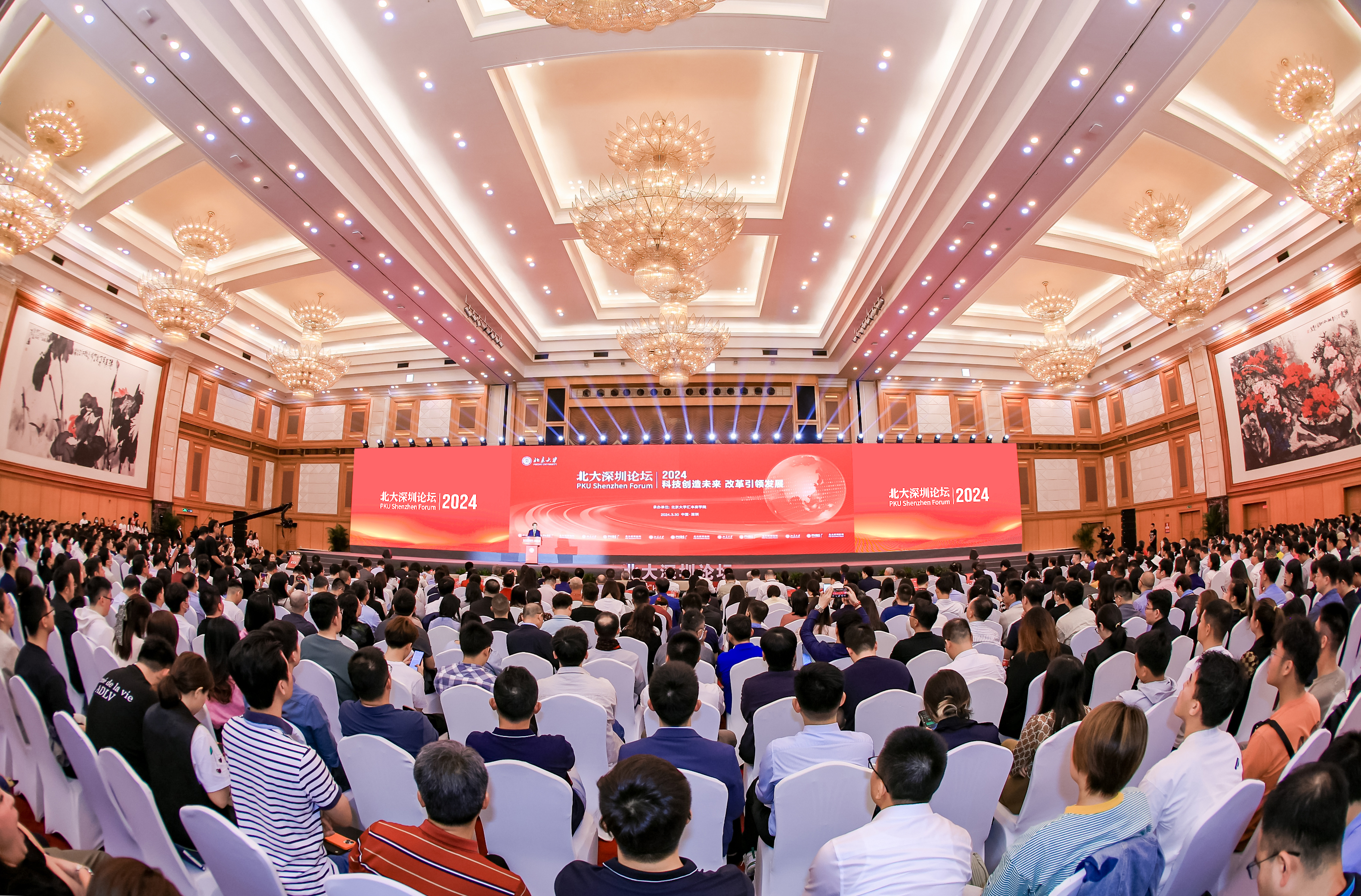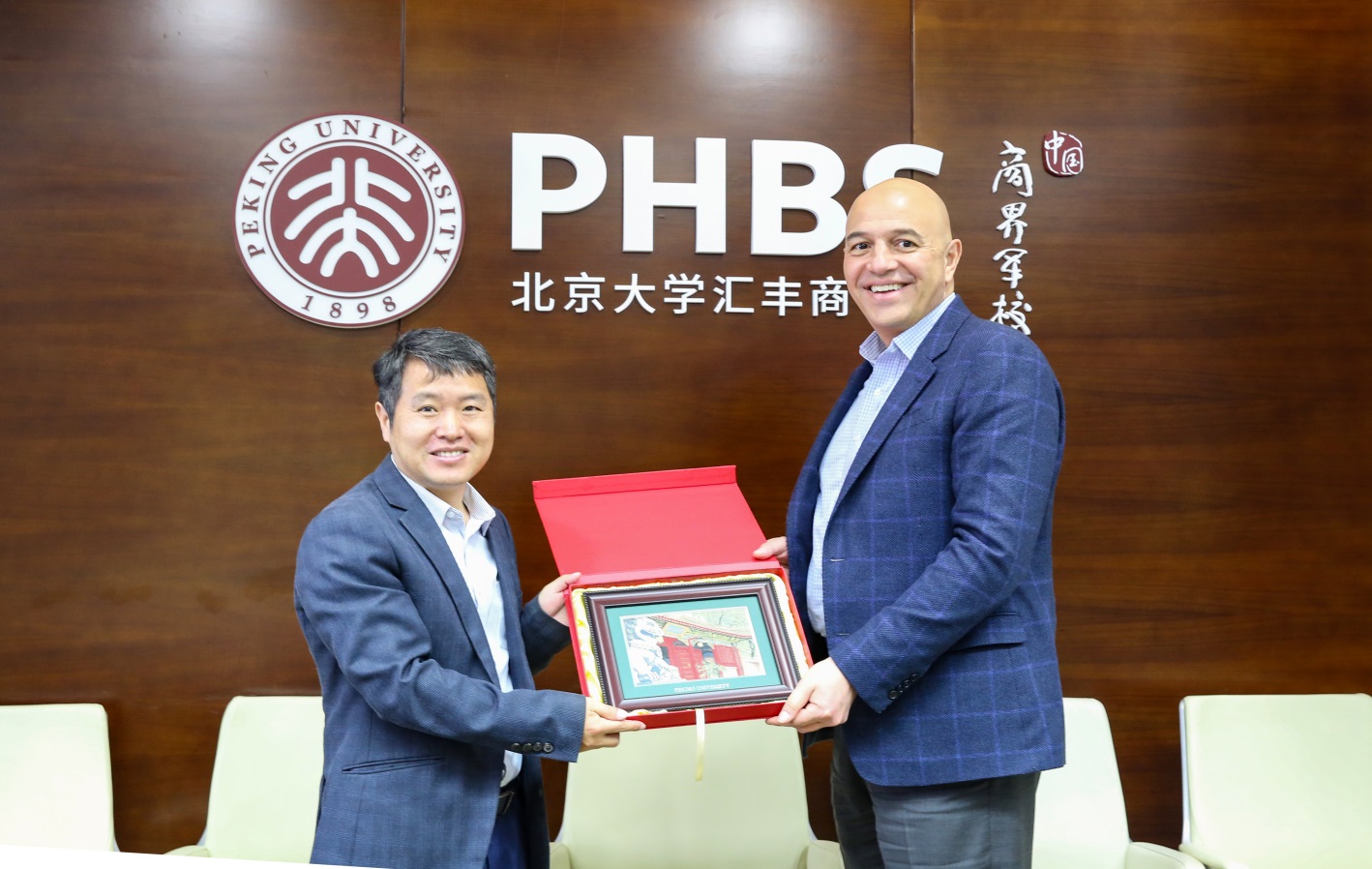Published in China Daily.
Small Sichuan city feels its way along green path to prosperity in an age of urbanization
One day in September, I and a colleague at the Center for Green Economy of the Peking University HSBC Business School flew to the western city of Chongqing. From there we needed to make a sometimes bumpy bus trip to get to our destination, the county of Tongjiang in China's Sichuan province.
I was part of an expert group studying green economy projects in the province. The group was composed of Chinese experts from the Ecological Development Union International and me. I serve as an international adviser to the organization.
By Chinese standards, Tongjiang is a tiny city, with a population of less than 200,000 inhabitants. It sits in the middle of the county, which has 800,000 inhabitants and is far from booming coastal areas. The city is surrounded by mountains and has a long history, and I discovered much more about that and the city's characteristics during my stay.
Our mission started with an intriguing invitation to take part in a fungus festival, a regularly held event that attracts thousands of people from near and far. It features exhibitions and presentations on the traditions and history of the county, and a fair with vendors selling the products of the region: Kongshan walnuts, Luo Village and Tiangang tea, "green bath soil pig" meat and, to cap it all, Tongjiang tremella.
Tremella is a genus of fungi used to prepare food that can be absolutely delicious, and it is a very nice symbol for the city. It reflects the importance of nature and agriculture for the region and the wish to respect traditions and promote a sustainable lifestyle.
When I looked at Tongjiang's skyline I could see tall buildings under construction, with the mountains as their backdrop. It reminded me that China is engaged in the second phase of urbanization. In recent decades hundreds of millions of people have moved from the poor countryside to the cities. More than half the country's population now lives in cities. This first wave of urbanization was mainly directed toward the mega-cities in booming coastal areas, making China the industrial powerhouse of the world. At the same time, the quick progress and reliance on heavy industry exacted a heavy toll on some of the biggest cities: pollution and chronic road congestion.
As I admired the clean skies of Tongjiang and drew in its fresh air, I continued to ponder.
The second phase of urbanization, which might bring another 200 million from the countryside to the cities over the next 20 years, will be concentrated on smaller cities and towns. At the same time, the countryside will be developed, allowing a rural-urban partnership for sustainable economic development. I learned that China wants to be at the forefront of green economics, something that would not only allow all Chinese to breathe fresh air but benefit the world as a whole.
During the United Nations climate summit that took place in New York on Sept 23, I had discussed with my students the figures for CO2 emissions (measured per capita in metric tons) of different countries. At a measure of 18, the United States is at the top, almost double that of Germany, and the figure for China is 5.5. The sheer size of China's population would make it an ecological disaster if it followed the unsustainable resource-intense US model.
As I continued to ponder, I was interrupted by Haifeng Huang, a colleague and friend. He is a professor at PHBS, and founder and executive chairman of the Ecological Development Union International. He is a Chinese scholar with international experience who is a militant on the matter of a green economy. He organized our study tour based on his former work on green projects with local authorities. He reminded me that we had to go to meet the mayor and to take part in an expert discussion about green tourism.
That discussion revealed how much tourism can contribute to the development of this beautiful region, which received 1. 9 million tourists last year. It showed that the local authorities are committed to building sustainable tourism and promoting rural projects. Already tourism income accounts for a quarter of the average income of farmers in the county. But the rural per capita net income of 5,780 yuan ($940; 740 euros) a year is still far below the disposable income of urban residents, 18,075 yuan a year.
I reminded the audience that Chinese tourists are more and more demanding. This can be seen looking at the 90 million Chinese tourists leaving the country to spend holidays abroad. They have become accustomed to quality tourism. But we all agreed that the Tongjiang region has potential with its unique natural heritage and interesting history. Its draw cards include: Linjiang Lixia Gorge, which is like the doorway from Earth to heaven; Maba stone forest, in which you can listen to birds singing in the night; and Ming Dynasty (1368-1644) sites and sites of heroic Red Army battles.
After the discussions in Tongjiang and another long bus journey, we visited two village projects. In the first village we marveled at the charm of the ancient dwellings in a beautiful valley with a small river. But even the beauty of this setting was insufficient to stop most villagers from leaving to earn money in the city. It was obvious that some of the children of the village had to be raised by their grandparents. We discussed with local representatives how this can be changed. Restoring houses and rural tourism will provide new income for the farmers.
The second project showed the successful transition of traditional farming into higher value-added farming. Farmers created a company, switched from growing corn to growing tea and built greenhouses where tremella can grow. These agricultural products are in demand in the city and can be exported outside the county.
Flying back to the wealthy coastal city of Shenzhen, a standard bearer of China's entry into the information age and knowledge society, with dynamic companies such as Huawei and Tencent, I was convinced that in the less well-off countryside, the green economy is making great strides, too.
The author is professor of Peking University HSBC Business School and was formerly secretary-general of the Committee of the Regions of the European Union. The views do not necessarily reflect those of China Daily.














